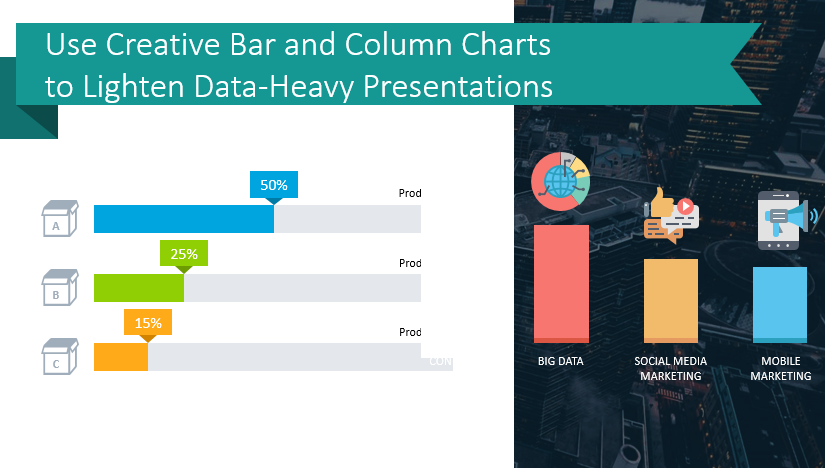

But regardless of size or industry, our users all have the same goal. Our clients are from various industries as well as organizations of all sizes, from large institutions to lean start-ups. To explain how design helps deliver great data visualization tools, I’ve asked the IBM Business Analytics design team to share some of their insights and perspectives on this topic. With a product portfolio including Cognos Analytics, Watson Analytics, Watson Analytics for Social Media, and Planning Analytics, they create a wide range of tools that focus on helping their users make the most of their data.

#DRAWIT YOURSELF FUNCTIONALITY FOR DATA VISUALS HOW TO#
The IBM Hybrid Cloud Design team for IBM Business Analytics in Toronto spends a lot of time performing user research about how to create data visualization products that meets users’ needs. People working in modern day enterprises require more than just static charts and pretty looking visualizations they need to go beyond by drilling deeper, probing further, and understanding the forces that influence their business. So, how to achieve these goals? There is no magic bullet, but at IBM we have a set of design guidelines that help. At a time when people expect software to help make sense of their data, it’s the responsibility of the designer to ensure that data presentation is meaningful, compelling, and most importantly, easy to interprete. Created by Christine Song and Alexandra GrossiĮvery business has a story to tell and these days that story usually involves data.


 0 kommentar(er)
0 kommentar(er)
